Table of content
Green onions, also known as scallions or spring onions, are a staple in kitchens worldwide. Their mild, oniony flavor and crisp texture make them a versatile ingredient in salads, soups, stir-fries, and garnishes. However, these slender vegetables are notoriously perishable, often wilting or becoming slimy within days of purchase. Proper storage is essential to extend their shelf life, reduce food waste, and ensure they remain ready for use whenever inspiration strikes. This article explores a variety of practical, science-backed methods to store green onions, from simple refrigeration techniques to advanced preservation strategies. By understanding the unique biology of green onions and the environmental factors that affect their longevity, you can master the art of keeping them fresh for weeks—or even months.
Understanding Green Onions: Why Do They Spoil Quickly?
Before diving into storage solutions, it’s crucial to grasp why green onions deteriorate rapidly. Unlike bulb onions, which have a thick, protective outer layer, green onions consist of long, hollow green leaves and a small white bulb. Their high water content (about 90%) makes them prone to dehydration, while their delicate structure leaves them vulnerable to bruising and microbial growth. Additionally, green onions are often harvested when immature, leaving them with less developed natural defenses against decay.
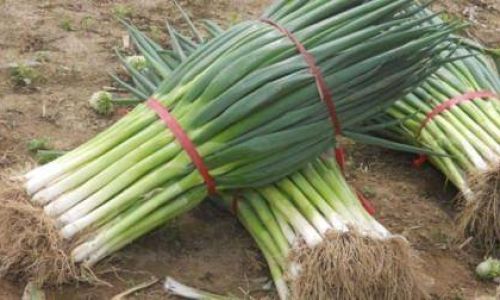
Ethylene gas, a natural plant hormone released by some fruits and vegetables, also plays a role. Green onions are sensitive to ethylene, which accelerates yellowing and spoilage. Storing them near ethylene-producing produce like apples, bananas, or tomatoes can shorten their lifespan.
Refrigeration: The First Line of Defense
The refrigerator is the most accessible tool for extending green onion freshness. However, simply tossing them into the crisper drawer often leads to disappointment. Here’s how to optimize refrigeration:
The Plastic Bag Method (With a Twist)
- Step 1: Trim the roots and any wilted or slimy outer layers.
- Step 2: Place the green onions in a plastic produce bag. Avoid overcrowding to prevent bruising.
- Step 3: Puncture the bag with small holes or leave it slightly open to allow air circulation. Green onions, like most vegetables, require oxygen to slow down respiration—the process that leads to aging.
- Step 4: Store the bag in the crisper drawer, where humidity levels are typically higher.
Pros: Simple, inexpensive, and keeps onions crisp for up to a week.
Cons: Limited shelf life; onions may still wilt if not used promptly.
The Damp Paper Towel Technique
- Step 1: Rinse the green onions under cool water to remove dirt. Pat them dry gently.
- Step 2: Wrap the bunch loosely in a damp paper towel. The moisture helps maintain turgidity without causing rot.
- Step 3: Place the wrapped onions in a perforated plastic bag or an open container.
- Step 4: Store in the crisper drawer.
Pros: Extends freshness to 10–14 days; retains crispness.
Cons: Requires occasional re-wetting of the paper towel.
Standing in Water: A Hydroponic Approach
- Step 1: Trim the roots slightly and remove damaged leaves.
- Step 2: Place the green onions in a jar or glass with 1–2 inches of water, ensuring the roots are submerged.
- Step 3: Cover the leaves loosely with a plastic bag to maintain humidity.
- Step 4: Store on a refrigerator shelf (not in the crisper) where temperatures are slightly warmer.
Pros: Mimics their growth environment, keeping them fresh for up to three weeks.
Cons: Takes up refrigerator space; onions may absorb odors from other foods.
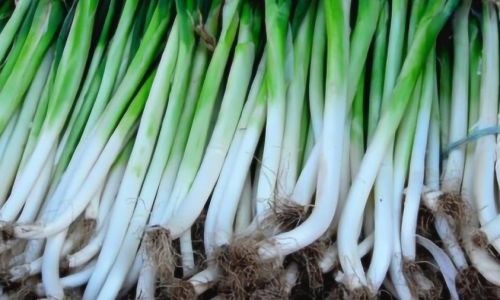
Freezing: The Ultimate Long-Term Solution
Freezing green onions halts enzymatic activity and microbial growth, preserving their flavor for months. However, texture changes are inevitable. Follow these methods to minimize quality loss:
Chop and Freeze
- Step 1: Rinse and dry the green onions thoroughly.
- Step 2: Finely chop the white and green parts.
- Step 3: Spread the chopped onions on a baking sheet lined with parchment paper. Freeze for 1–2 hours until solid.
- Step 4: Transfer the frozen pieces to an airtight freezer bag or container. Label with the date.
Pros: Convenient for recipes requiring diced scallions; lasts 6–12 months.
Cons: Thawed onions become limp; best used in cooked dishes.
Blanch and Freeze
- Step 1: Trim the onions and cut into 1-inch pieces.
- Step 2: Blanch in boiling water for 10–15 seconds, then immediately plunge into ice water.
- Step 3: Drain and pat dry.
- Step 4: Freeze on a baking sheet before transferring to a container.
Pros: Retains more vibrant color and flavor than unblanched freezing.
Cons: Time-consuming; still not ideal for raw use.
Ice Cube Tray Method
- Step 1: Chop the green onions and pack them into ice cube trays.
- Step 2: Cover with water, broth, or oil.
- Step 3: Freeze until solid, then pop the cubes into a freezer bag.
Pros: Pre-portioned for easy addition to soups or stir-fries.
Cons: Texture remains soft post-thawing.
Root Cellar or Cool Basement Storage
For those with access to a root cellar, basement, or unheated garage, this traditional method mimics the conditions in which green onions thrive: cool temperatures (40–50°F or 4–10°C) and high humidity (80–90%).
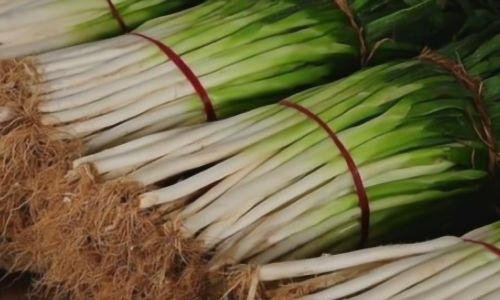
- Step 1: Bundle the green onions with twine or rubber bands.
- Step 2: Hang them upside down in a dark, well-ventilated area.
- Step 3: Check periodically for wilting or mold.
Pros: Keeps onions fresh for 3–4 weeks; no refrigeration needed.
Cons: Requires specific environmental conditions; not feasible for apartment dwellers.
Potting in Soil: A Living Solution
Green onions are one of the few vegetables that can regrow from their roots. Planting them in soil keeps them alive and harvestable for weeks.
- Step 1: Trim the onions to 1–2 inches above the roots.
- Step 2: Plant the roots in a pot filled with potting mix, leaving the green tops exposed.
- Step 3: Water lightly and place in a sunny windowsill.
- Step 4: Snip the greens as needed; new growth will emerge.
Pros: Sustainable and rewarding; provides a continuous supply.
Cons: Requires space and maintenance; growth slows in low light.
Drying: A Less Common but Viable Option
Dehydrating green onions concentrates their flavor, making them ideal for seasoning blends.
- Step 1: Rinse, dry, and chop the onions.
- Step 2: Spread them on a dehydrator tray or baking sheet.
- Step 3: Dehydrate at 125°F (52°C) for 4–6 hours until brittle.
- Step 4: Store in an airtight jar in a cool, dark place.
Pros: Ultra-long shelf life (1–2 years); intense flavor.
Cons: Texture becomes crumbly; not suitable for fresh use.
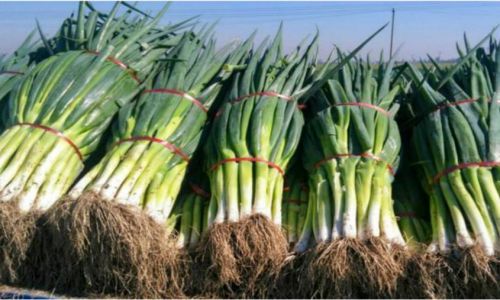
Pickling and Fermenting: Adding Tang and Zing
Pickled green onions offer a zesty alternative to fresh ones and can be stored for months.
- Step 1: Trim the onions and pack them into sterilized jars.
- Step 2: Prepare a brine (1:1 ratio of vinegar to water, plus salt and sugar to taste).
- Step 3: Pour the hot brine over the onions, leaving ½ inch of headspace.
- Step 4: Seal the jars and refrigerate for 2–3 weeks before using.
Pros: Unique flavor profile; lasts 3–6 months refrigerated.
Cons: Alters taste and texture; requires advanced preparation.
Advanced Storage Hacks
Vacuum Sealing
Vacuum-sealed green onions, either fresh or frozen, last significantly longer by removing oxygen, which slows spoilage. Use a vacuum sealer machine for best results.
Beeswax Wraps
An eco-friendly alternative to plastic, beeswax wraps provide a breathable barrier that maintains humidity without excess moisture. Wrap the onions loosely and store in the crisper.
Reusable Silicone Bags
These airtight, BPA-free bags are perfect for standing green onions in water or storing damp-wrapped bunches.
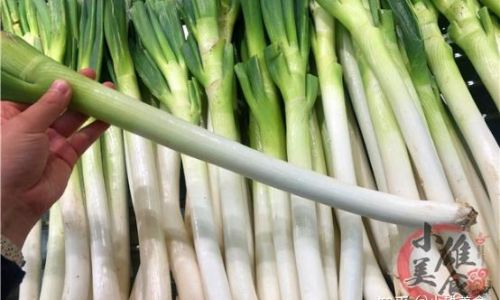
Common Mistakes to Avoid
- Storing in Airtight Containers Without Ventilation: This traps ethylene and accelerates decay.
- Washing Before Storage: Excess moisture promotes mold growth. Rinse only before use.
- Storing Near Ethylene Producers: Keep green onions away from apples, bananas, and avocados.
- Ignoring Spoilage Signs: Discard onions with soft spots, dark patches, or a pungent odor.
How to Tell If Green Onions Have Gone Bad
- Visual Cues: Yellowing or browning leaves, slimy texture, or mold growth.
- Odor: A strong, unpleasant smell instead of their usual mild aroma.
- Texture: Limpness or mushiness when gently squeezed.
Conclusion: A Kitchen Staple Within Reach
Green onions are a culinary treasure, but their short lifespan often leads to waste. By employing the right storage method for your needs—whether it’s the simplicity of refrigeration, the longevity of freezing, or the creativity of pickling—you can ensure these vibrant vegetables are always at your fingertips. Experiment with different techniques to find what works best for your lifestyle, and enjoy the satisfaction of reducing food waste while elevating your dishes with fresh, crisp flavor.
Remember, the key to successful green onion storage lies in balancing humidity, temperature, and airflow. With a little care, you can transform these ephemeral herbs into a reliable pantry staple. Happy cooking!
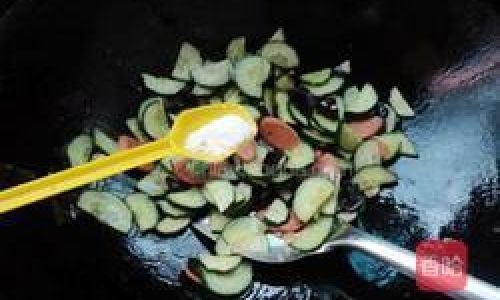
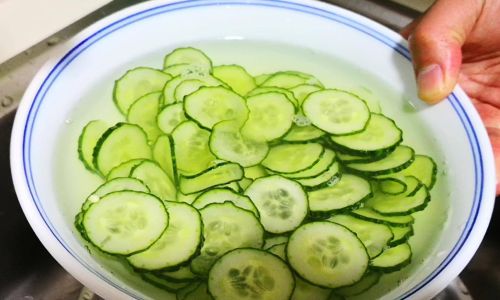
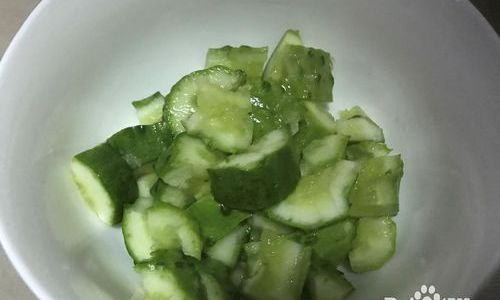


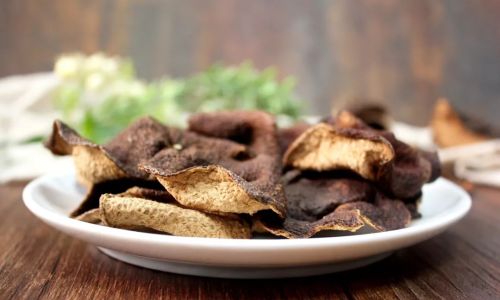
0 comments